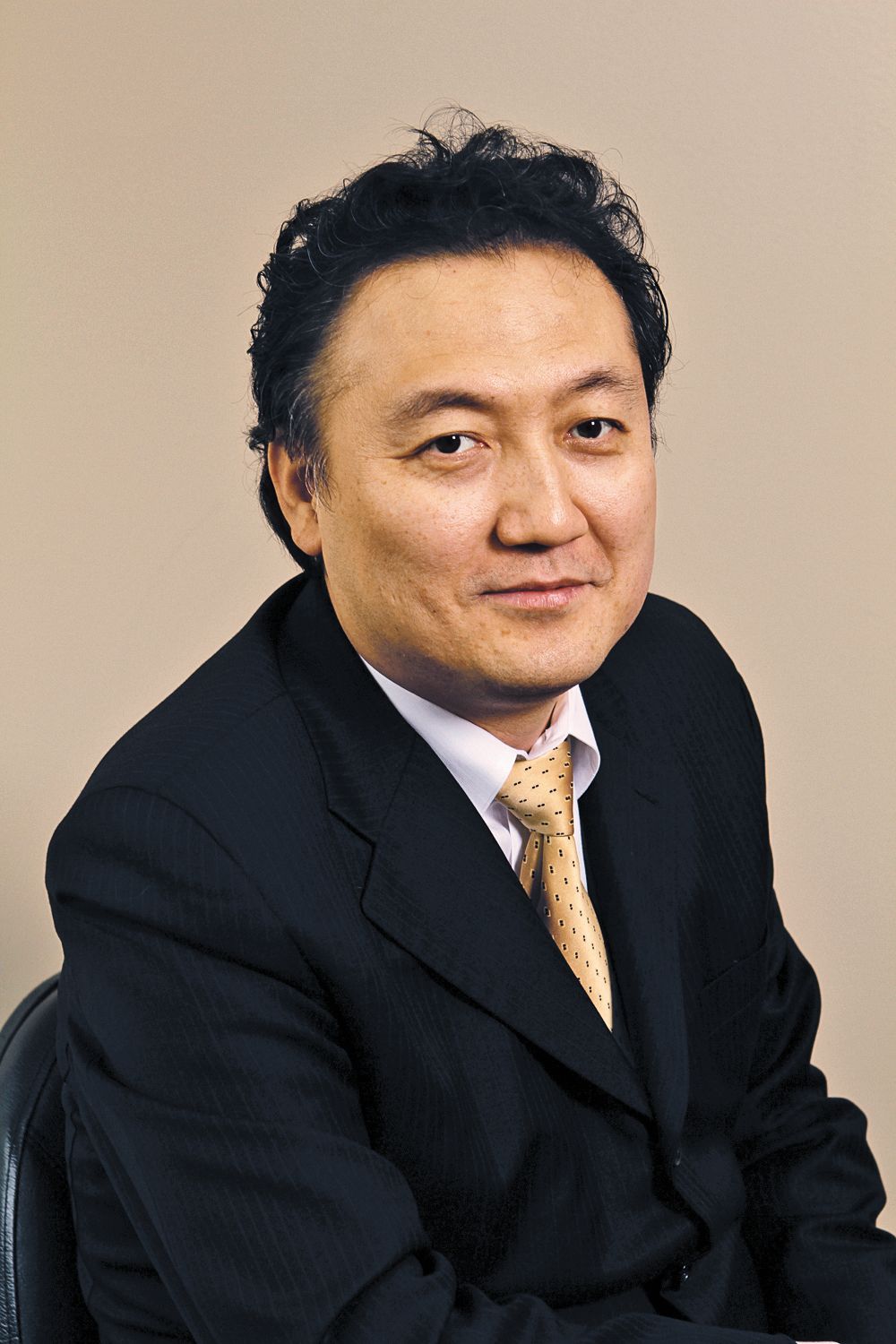Bench Mastery: Great esthetics in an eight-unit veneer case
In discussing cosmetic cases, a dentist must give special consideration to those that are conducted over long distances. The particular situation we are looking at involves a patient who resides in Florida but used to live in Illinois.

In discussing cosmetic cases, a dentist must give special consideration to those that are conducted over long distances. The particular situation we are looking at involves a patient who resides in Florida but used to live in Illinois.
She was a long-time patient of the dentist and wished for him to handle her work despite the distance between them. He is a member of the American Academy of Cosmetic Dentistry (AACD) and she trusted his abilities. Her situation had recently changed with the passing of her husband after a long illness and she was interested in changing her smile.
When she came to visit the author, he noted that there was really nothing wrong with her 15-year-old veneers. She had a very small chip on the incisal area of tooth No. 8, and the color was darker than what she liked. Therefore, she wished to replace them with a brighter color and take care of the chipped area at the same time. The author proceeded with her custom shade and fabrication of the case.
Check out this video with images from the case.
01 When the author looked at the patient’s dentition during the pre-operative custom shading appointment (Fig. 1), he asked her exactly what she wanted to change about her appearance. He informed her that, in his opinion, the veneers she wore were well done and that he would mimic them when he created her new ones. The only thing he would change, unless she stated otherwise, was the color. The small chip was noted and they decided that her color was somewhere in between A1 and A2 (Fig. 2). To brighten the color, he would use a B1 base shade instead.
02 The dentist prepped her teeth (Fig. 3) in-office and provided this image for the author. Using one of the author’s shade guides, prep color was checked (Fig. 4) and any discoloration noted. It was also important to discuss shape with the patient and ask her preferences (Fig. 5). The author asked her if she wanted a more rounded edge or if she like the current square/square-shape given to this set of restorations. She stated that she wanted the shape to remain the same.
03 AO, BO and BOO ingot colors were chosen in a feldspathic material (Fig. 6) for the veneers. After pressing, the veneers were waxed (Fig. 7) and fit to the model (Fig. 8). Dentin and enamel color was applied during the second build-up stage (Fig. 9). The finished restorations were then placed on the cast model for a fit check (Fig. 10). A mirrored image of the final veneers is provided for the reader to clearly see the beauty and harmony of the color characteristics (Fig. 11).
04 Upon cementation, a photographic image was taken for a before/after comparison protrusive view (Fig. 12). A side view smile (Fig. 13) and facial smile view clearly denotes the prominence of the centrals (Fig. 14), common within everyone’s dentition. It is noted that the maxillary teeth are brighter in color than the mandibular, which was not problematic for the patient. For a side-by-side contrast, Figs. 15 and 16 provide the color differences for the reader to clearly see.
Conclusion
Often when people experience a life-changing event they may want to change something about themselves. In our patient’s case, she simply wanted to brighten and improve her smile as a step to changing her appearance. Perhaps it was the first step of many, we cannot say. But she was happy with the changes she implemented and the author was happy with the results of his work as well.
ABOUT THE AUTHOR
Luke S. Kahng is an accomplished lab technician, specializing in high-end ceramic restorations. Frustrations with the shade matching systems available to him inspired his creation of the Chairside Shade Guide. Originally comprised of Volumes 1 and 2, it was later expanded into a unique ceramic shade guide system, the Seasons of Life Selection. As an active contributor to the dental community, he has also held positions on several major dental journal boards, and is frequently a keynote speaker at numerous conventions, labs or his own lab-hosted seminars. Luke is also the owner and president of LSK121 Oral Prosthetics, high-profile entity. Located in Naperville, Ill., LSK121 provides oral restorative services and assistance transnationally.
This article originally appeared in the April 2014 issue of Dental Lab Products. For more great articles and product information, click here to subscribe to DLP's newsletter http://bit.ly/13JeDYN.
Product Bites – November 10, 2023
November 10th 2023The weekly new products podcast from Dental Products Report is back. With a quick look at all of the newest dental product launches, Product Bites makes sure you don't miss the next innovation for your practice. This week's Product Bites podcast features new launches from Amann Girrbach, DMG, Pac-Dent, and ASI Dental Specialties. [4 Minutes]
